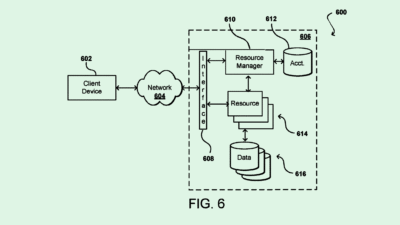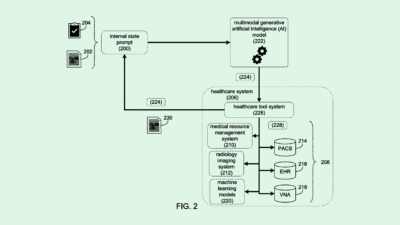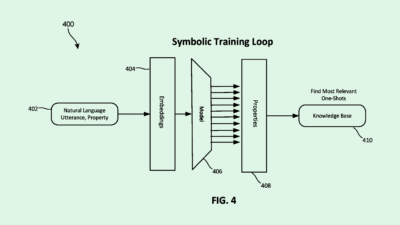Enterprises Calculate ‘Build or Buy’ Differential in Acquiring AI Talent
There’s a gap between AI technology education and the skills hiring managers want.

Sign up to get cutting-edge insights and deep dives into innovation and technology trends impacting CIOs and IT leaders.
With the AI market moving at lightning speed, can education for workers developing and operating the tech keep up?
A recent study from online credentialing company Coursera suggests it hasn’t so far.
About 92% of enterprises surveyed said they’d be more likely to hire a candidate with a generative AI credential than one without, and three quarters said they’d hire a less experienced candidate with AI education over a more experienced applicant without. Despite the demand, just 17% of students surveyed have earned AI credentials.
Meanwhile, 93% of students said they believed universities should offer AI training, and 89% reported that they’d be more likely to enroll in a degree program that included generative AI in the curriculum.
The tech’s fast-paced development is making it difficult for training and education to meet demand from employers, said Trena Minudri, chief learning officer at Coursera. “If you’re taking a more traditional approach to learning and development and education, you’re definitely having trouble keeping up.”
This skills gap is forcing enterprises into a balancing act, said Minudri. While hiring “job-ready” candidates with AI experience can reduce on-the-job training expenses, the cost of hiring those qualified employees can add up quickly, she said:
- “When you look at the cost of hiring all of your employees versus training who you have, you have to do that in a very strategic way,” said Minudri.
- And deciding which positions to hire and which to train “depends on the lift,” she said. For example, employees who already have strong skills but need to figure out how to weave AI into their duties are good candidates for reskilling compared with those who are “at 20% of where they need to be,” Minudri explained.
“The whole buy-versus-build model is a very complicated equation,” she said. “You can put data in and figure out whether you should buy or build in terms of skills, but most companies have to do both.”
Additionally, upskilling has to be about more than just checking boxes and completing a course if enterprises want to actually see a difference, said Minudri. Tracking metrics such as time saved and how workers are using that time for higher-value activities could help enterprises discern whether or not credentialing is worthwhile.
“I think we still find a lot of employers are focused on how many people completed a program, and maybe even looking at pre- and post- data, and they haven’t quite focused entirely on the return on the investment or the business impact,” she said.











